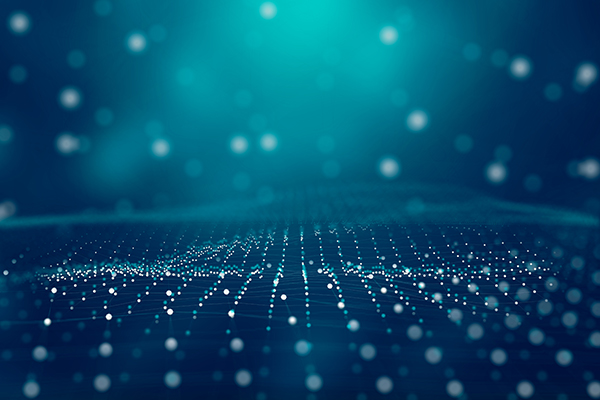The Future of Presence

We are in the midst of the largest social experiment in the history of humankind. Or more accurately, it is being conducted upon us. We haven’t recognized it yet as such, but we will. The experiment is subjecting a billion plus people to re-think one of the most fundamental and oldest of human behaviours: how we interact and connect with one another.
On a scale and with a speed beyond comprehension, the pandemic has forced us to reinvent how we communicate, how we learn and how we cope with missing out on the basic human actions of the hug. We have not begun to understand the implications. We will not – to use a phrase from my first book, Tip of the Spear – put that genie back in the bottle.
Since the dawn of human time, our species has learned the power of socialization. We learned how cooperation changed our circumstances, our biology, and our wiring. We thrived. Our species emerged.
Our senses evolved – like those of all animals – into a set of reptilian processes that are able to instantly, perhaps “unconsciously”, light up that other ancient survival reaction: fight or flight. When we meet another human – whether for the first time or in the embrace of a long-standing relationship – we ignite a host of complex biological, physical, and meta-cognitive reactions. The pandemic has messed with that over an extended period of time, spanning every socio-economic and physical boundary, and is rewiring us in real-time.
But as we know, there is a parallel, longer-running species-level event happening at the same time.
In an atomic second in geological time, we have gone from writing on papyrus to wiring up the planet with the tools of the gods. But while we have evolved technologically, we are – as one of my dear friends likes to crudely (and very humorously) say – “… still just shaved apes”.
We have been slowly and somewhat chaotically learning the power of global connectivity. Pundits argue that it is all a mess. But in the long arc of human evolution, we were getting there.
Then the COVID circuit breaker hit.
The ah-ha for me – and what I believe is a species-level black swan event – is that these inevitable technological advances are now being met by a planet experimenting and redefining one of the most deeply embedded aspects of our DNA and a species-defining attribute: How we socialize, how we love, learn, fear, and evolve.
I am calling it the Future of Presence.
This is an excerpt from The Future of Presence, authored by Jim Gibson, Chief Catalyst, SAIT School for Advanced Digital Technology. The full-length article can be read here.
About the author: Jim Gibson
Chief Catalyst @ SAIT School for Advanced Digital TechnologyCutting to the chase and credentials, Gibson co-founded Rainforest Alberta in 2016 to advance innovation in the province. Most recently, he started Thin Air Labs, which funds early-stage, entrepreneur-led technology ventures and networks.
With a Management Consultant designation (CMC) along with an MBA in Entrepreneurial Studies and Finance and a Bachelor of Commerce in Accounting and Computer Science, Gibson understands the business side of innovation and technology advances.
A passionate and serial entrepreneur, Gibson has spent three decades anticipating, adapting and advancing technology trends and challenges. His mantra — “building what’s next” — keeps him curious about the challenges and opportunities ahead. He has come to appreciate that some of the best technologies, innovations and breakthroughs will come from places in our global economy where we least expect them.

Oki, Âba wathtech, Danit'ada, Tawnshi, Hello.
SAIT is located on the traditional territories of the Niitsitapi (Blackfoot) and the people of Treaty 7 which includes the Siksika, the Piikani, the Kainai, the Tsuut’ina and the Îyârhe Nakoda of Bearspaw, Chiniki and Goodstoney.
We are situated in an area the Blackfoot tribes traditionally called Moh’kinsstis, where the Bow River meets the Elbow River. We now call it the city of Calgary, which is also home to the Métis Nation of Alberta.